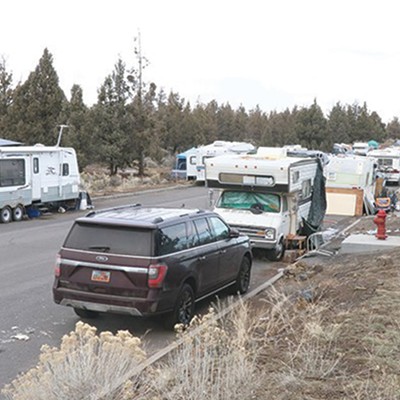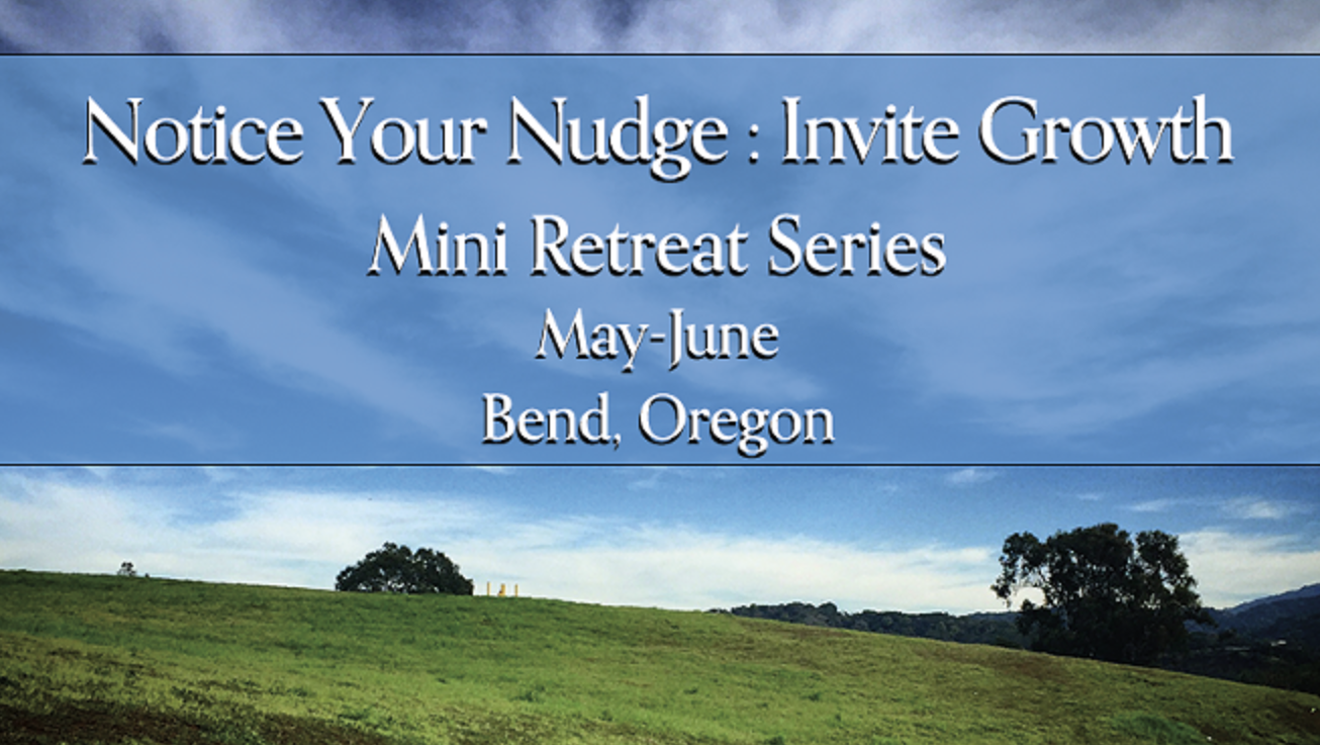There are two ground-nesting birds common to Central Oregon that need help when it comes to surviving during nesting time: the killdeer and common nighthawk. Both lay eggs (almost always four) that are all but invisible because they look like the pebbles surrounding them—often getting mushed by people, cattle or wildlife.
Recently, while leaving Sisters Gallery & Framing where I had a great discussion with Helen Schmidling over some rare raptor paintings, I was headed for Pony Express when Kerry and Barb Bott of Sisters said hello and launched into a tale about killdeer nesting. The killdeer is really a plover and enjoys a genus name, Charadrius, that goes back to classical Greek and Latin. The species name, vociferous, which as anyone who has been near a killdeer nest knows, speaks for itself.
It seems a small herd of deer were curious about what was going in a field close to the Bott's backyard and started a killdeer shouting match that got the attention of Kerry and Barb. When they went to see what all the hollering was about, lo-and-behold, there were five or so mule deer heading over to give the eggs a look-see. Curious people and dogs, killdeer can pretty much handle. Mom goes into the old "broken wing act" that includes a lot of yelling and screeching that most dogs find very annoying and leave the scene as rapidly as possible. (I have a hunch killdeer learned that trick a long time ago dealing with wolves, coyotes, badgers saber-tooth cats and other pestiferous critters.)
But for some unknown reason, the mule deer heading for momma killdeer's space were not shushed off, and two other killdeer, perhaps recognizing a call for help from the upset mom killdeer, came over and joined her in scaring off the mule deer. It worked.
Now, if you're of the right frame of mind, please do your part and not annoy them. Stay away from ground nesters (all nesters, for that matter). Killdeer are not the best nest-makers in the world, just scraping a few pebbles into a small pile and laying their four eggs inside the pile. Causing a killdeer to leave her nest sets back the developing time for the young, as the eggs cool down quickly, and probably could, in time, cause serious problems.
So if you're out walking your dog and it scares up a killdeer, please leave that area as rapidly as possible and take Rover with you. Then, the next time you're on a walk in the general area, please keep Rover on a leash, or avoid it all together.
I've often said, and it's almost true, that a killdeer chick hatches running. They are perhaps the most precocial of any of the ground-nesting birds. They are up and running—and looking for insect prey—just as soon as they dry out.
As soon as individual killdeer young are flying, they join others of their kind and begin their long trek southward to spend winter in a warmer environment. By the time we're shaking and shuddering in the cold winds of fall, killdeer are already getting close to their wintering grounds throughout South America.
As much as I do not like to disturb a killdeer on the nest, the display the female puts on is quite remarkable to witness. As she "falls off the nest," she seems to drag herself away from her eggs with an obvious broken wing, giving off a pitiful call as though she's dying. She'll drag herself away from the nest trying her best to get attention, extending her "broken" wing and doing her best to convince the intruder she's about to die and the intruder should follow her. If that strategy doesn't work, she'll then put herself in jeopardy by approaching the intruder closer and closer and putting on the broken wing act with great drama.
Once, on a warm day when I accidentally disturbed a momma killdeer on her nest, I stuck with her through her whole magnificent routine, slowly walking toward her nest. At that point I was filled with guilt as she all but threw herself right at me to turn me away from her eggs.
And speaking of eggs, most ground-nesters' eggs, at least all the plovers, are unique in that they have a pointed end. I once asked a young man on an OMSI (Oregon Museum of Science and Industry) field trip years ago why that was as we stood looking at them in a nest over near the Malheur National Wildlife Refuge. He didn't hesitate, saying, "There has to be room for the beak." Actually, the pointed eggs keep the eggs from rolling out of the nest."
Ya' know, that young man went into OSU wildlife management school when he graduated high school, graduated from OSU and went to work for Idaho Fish and Game, and is now retired. And here I am, headin' for 90 and still remember that day. Am I lucky, or what...?


























